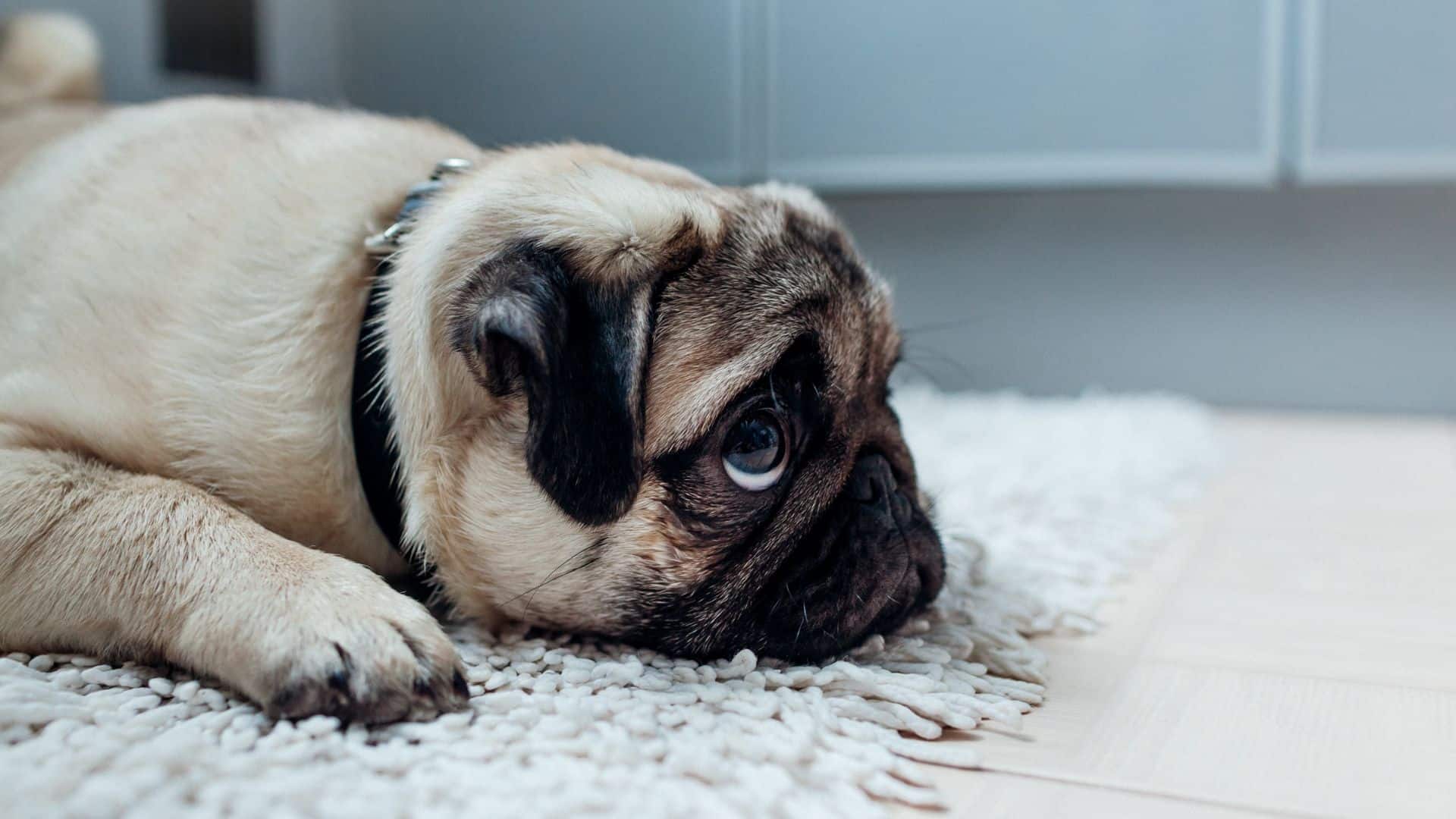Our furry friends tend to perceive time a bit differently than us, so, when we leave the house to go to work or similar, the few hours that we’re gone seem like a day to them.
Most dogs who haven’t gotten used to this who are emotionally attached to you as their owner are likely to develop separation anxiety.
This can turn into a real problem, not just for the dog, but for your belongings as well as he’ll believe that he’s not getting your attention and will start doing anything he can to grab it.
This can get real bad for some specific dog breeds who are very fond of company like Labrador Retrievers and similar, but is there a way to deal with a dog’s separation anxiety the proper way?
Of course there is, but, as with everything else, it does require a little bit of work on your part.
The main basis will always be behavioral training, but some dogs can be stubborn and may need the use of additional methods to help curb this anxiety.
What are these methods? Well, let’s take a look.
1. Teach Him Some Independence
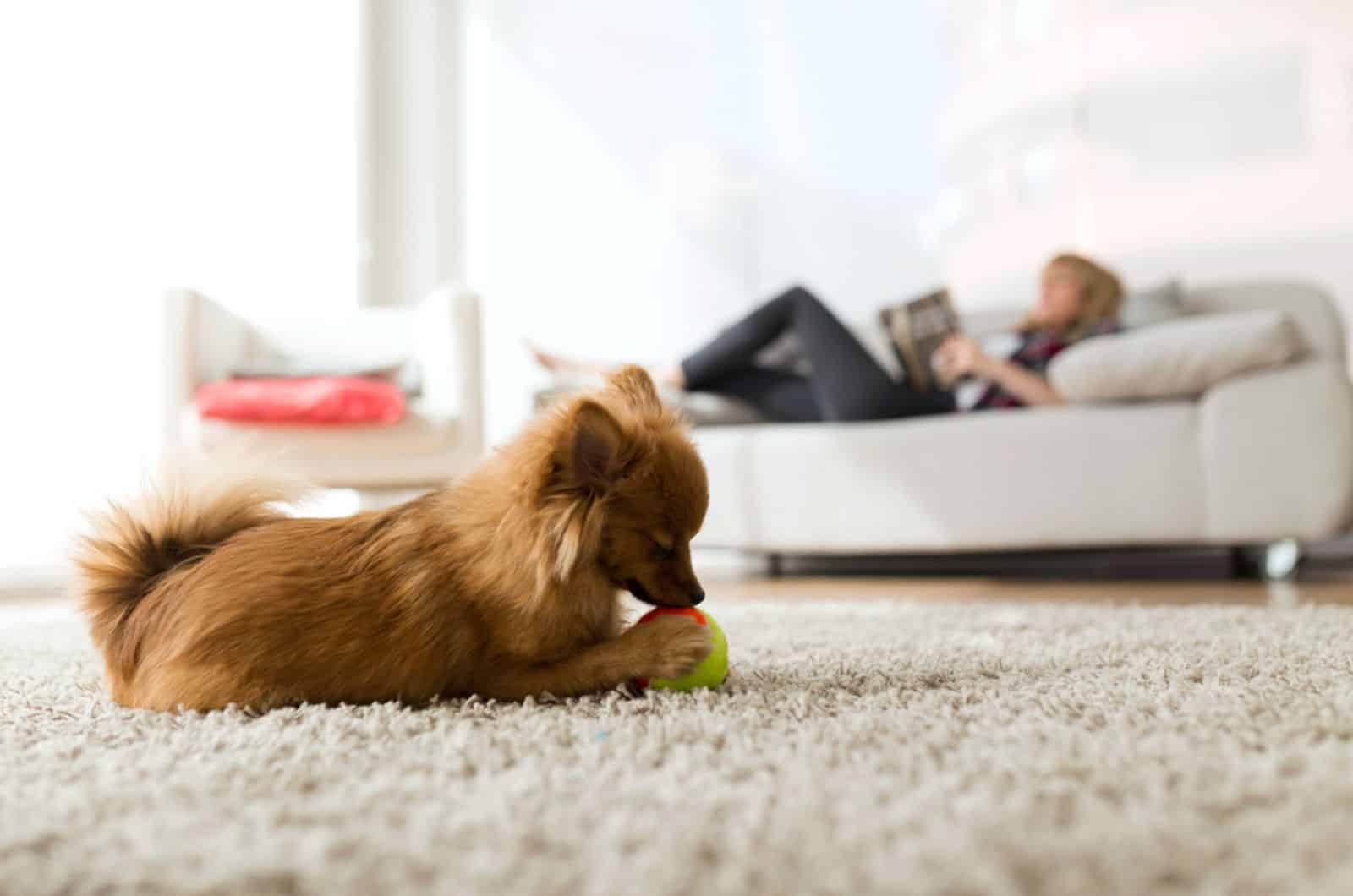
One of the main reasons separation anxiety occurs in the first place is due to the dog’s lack of independence.
He grows overly attached to you, so the moment you’re not around, he’ll start whining and howling or tearing into your furniture.
If you start teaching him some independence from an early age, it will help curb that anxiety that forms and will allow him to be more at ease when alone.
He’ll get to properly relax and will have a better quality of life for it.
The best way of going about it is to train him to be in another room while you’re still in the house to show him that he doesn’t need you to be present for him to be perfectly fine.
You also want to keep your hellos and goodbyes on coming and going as devoid of spectacle as you can to not get your doggo worked up too hard.
This goes doubly so if you come home to the destructive results of separation anxiety. Retaining that positive reinforcement training attitude is important after all.
2. Reduce Outside Stimuli
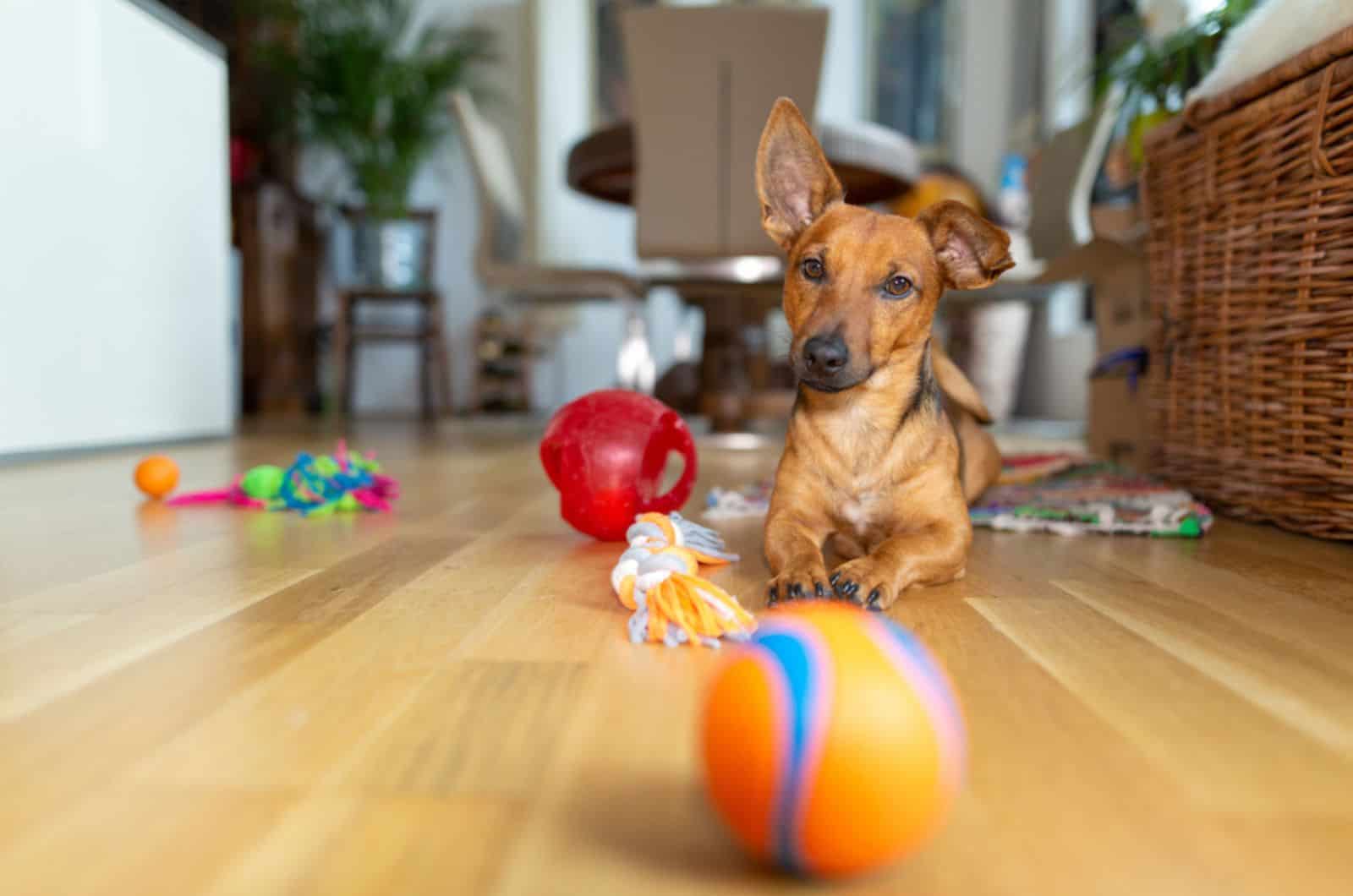
A good way to reduce the occurrence of separation anxiety in dogs is to keep them busy so they don’t ever notice it.
This step is different for every dog depending on their preferences, but here are a few things that worked for my dogs.
The most effective one by far seemed to be toys, one or two in particular that are their favorites which can occupy them for hours at a time.
One dog also really liked having the radio left on which made him feel like he was still around humans, plus it drowned out any outside noise that could be too distracting.
For another, reducing outside visibility worked too by simply closing the curtains over the windows.
Find out what works for your doggo to make his solo experience as comfortable as it can be.
3. Train Him To Use His Crate
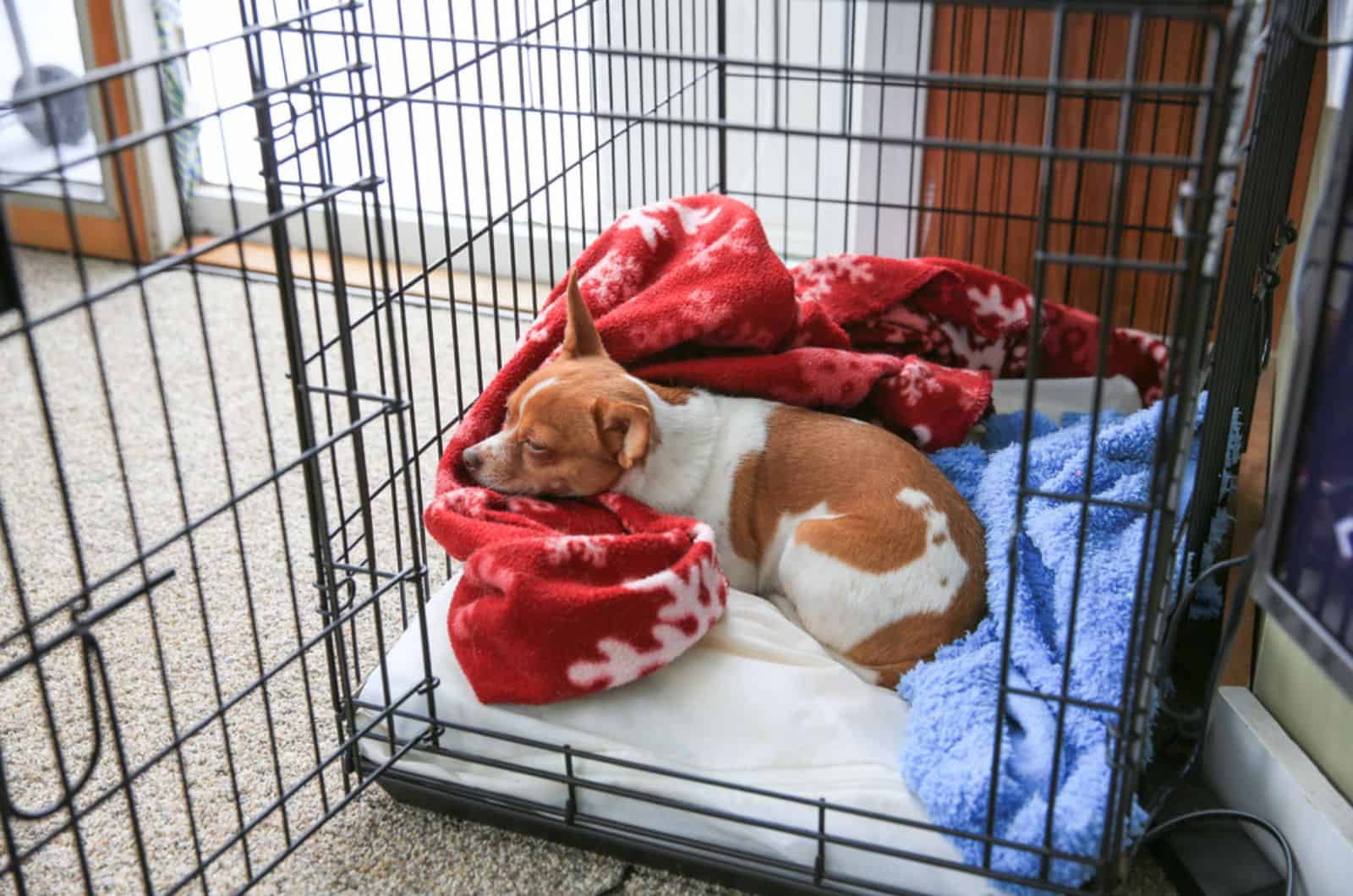
While crates may seem like some form of punishment, they’re meant to be the exact opposite, a haven for your dog to find some respite in.
Make sure to train him to understand that and facilitate it by making it as homely as it can be.
Line it up with a comfy blanket or cushion on the bottom, make sure it has enough space for your pooch, have some of his favorite toys in there, etc.
Once you help him associate the crate with comfort and peace, it’ll be his little retreat where he can go to relax and unwind, even when there’s nobody else in the house with him.
This’ll greatly help curb any problems regarding anxiety and will help you preserve your furniture from any destructive separation anxiety tendencies.
4. Always Have Someone Around The House
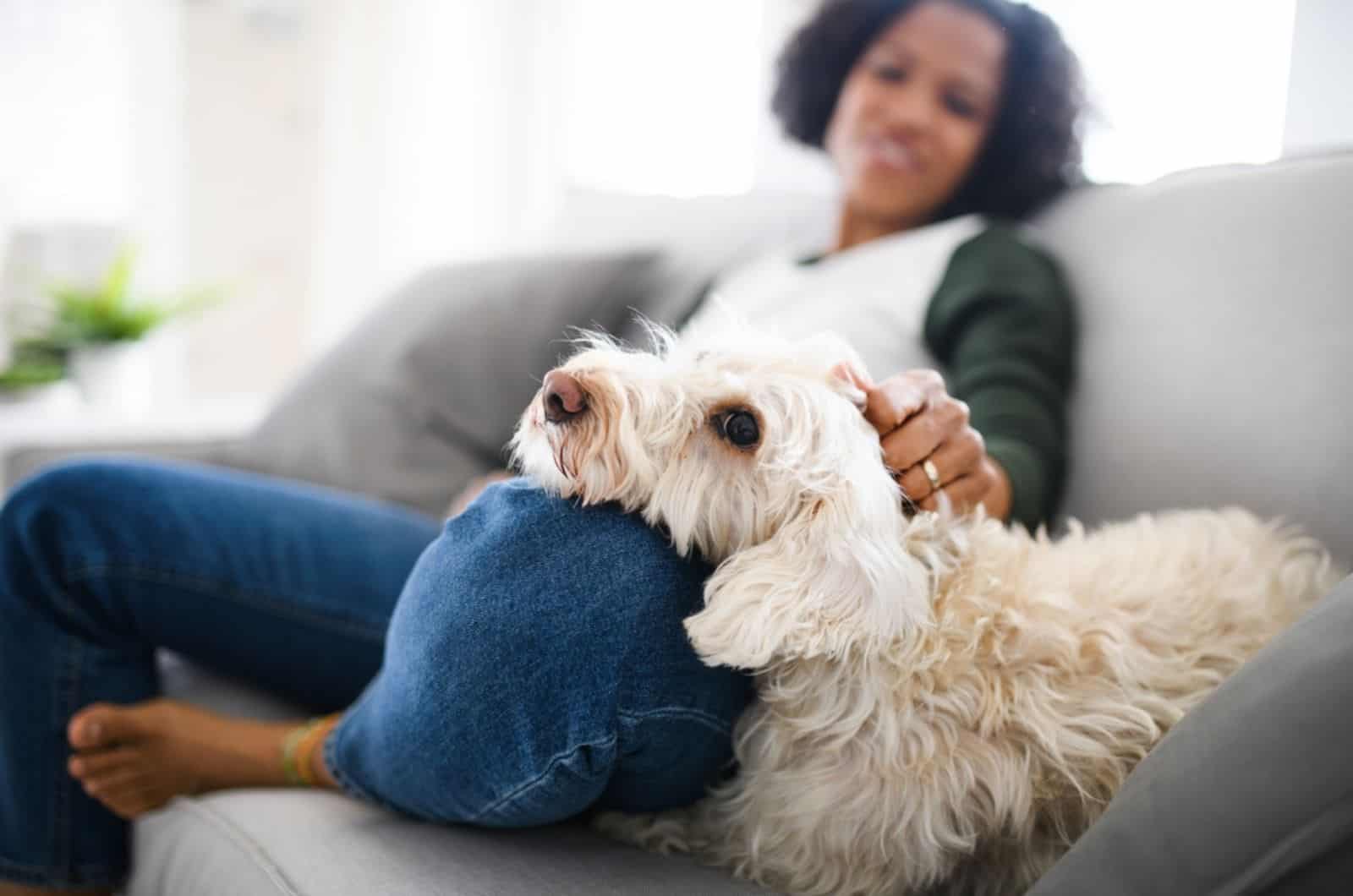
Finally, having the house never be empty, if you can afford it, is probably the best way of dealing with separation anxiety in dogs.
Not only will it ensure that there’s someone to stop potential footwear and furniture destruction, but it’ll help keep the dog at ease when there are others about.
Whether you’re hiring outside help or have a member of the family always present depending on schedule, it doesn’t matter, as long as it’s someone the dog views as friendly.
It’s a lot easier with a family, though sometimes it may be tough to coordinate and not everyone can afford a dog sitter, so it’s not the easiest option to facilitate.
How To Recognize Separation Anxiety?
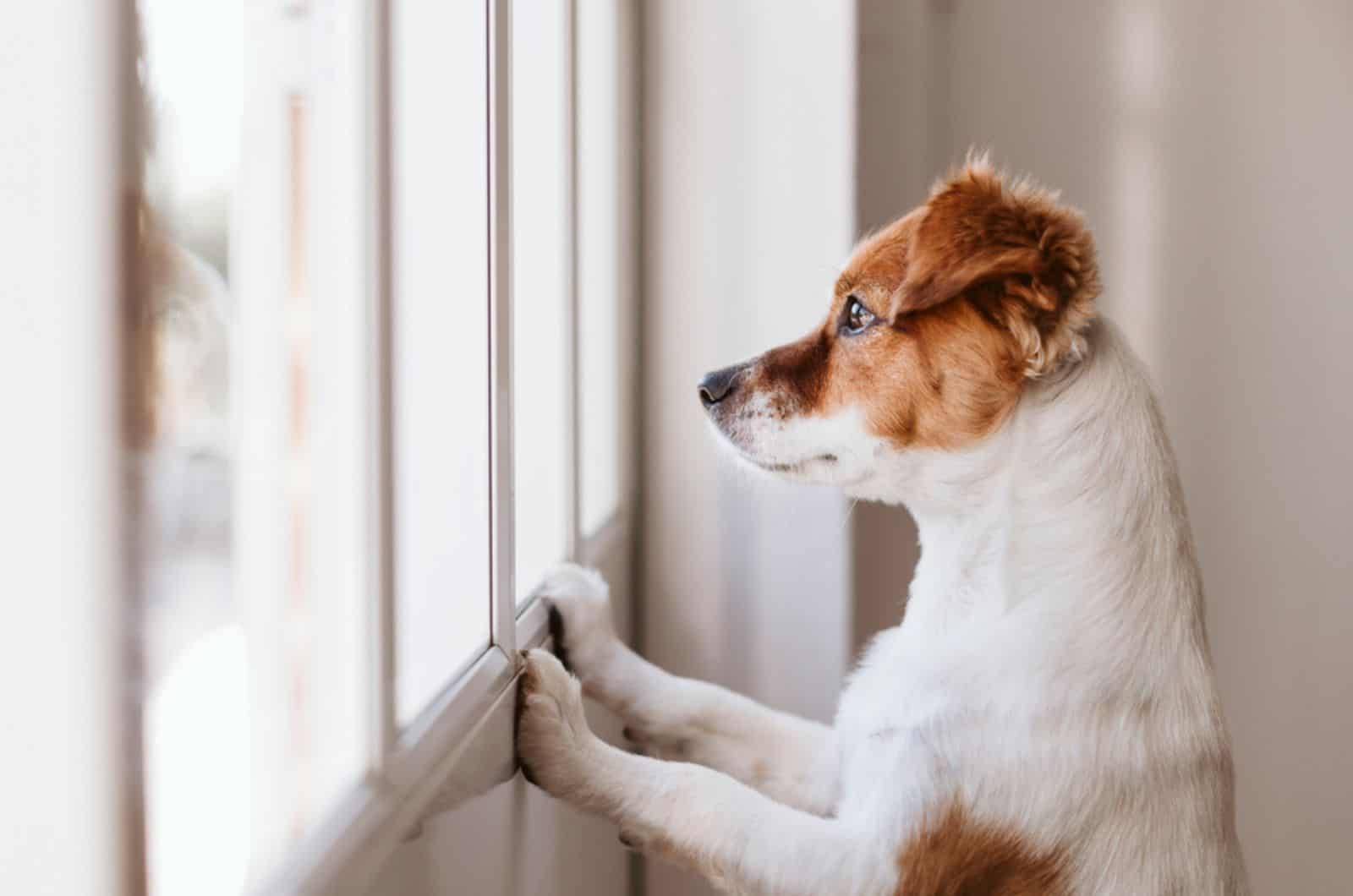
While easily confused with beginning or being in pain, separation anxiety is still relatively clear cut behavior that isn’t all too difficult to diagnose.
Some of the most common signs are:
- Immediate panic and anxiety in the pooch when he hears and sees the signs leading up to your departure
- Whining and howling paired with the first sign
- Attempts at getting your attention around the house like pee or poop outside of their designated areas or destruction of furniture you commonly find yourself on.
There can be other signs like begging before you leave, trying to block your exit or always rushing to see you when you return.
They generally differ from dog to dog, but the three above are the most common ones.
RELATED: 21 Dog Breeds Prone To Separation Anxiety
What Ends Up Causing Separation Anxiety In The First Place?
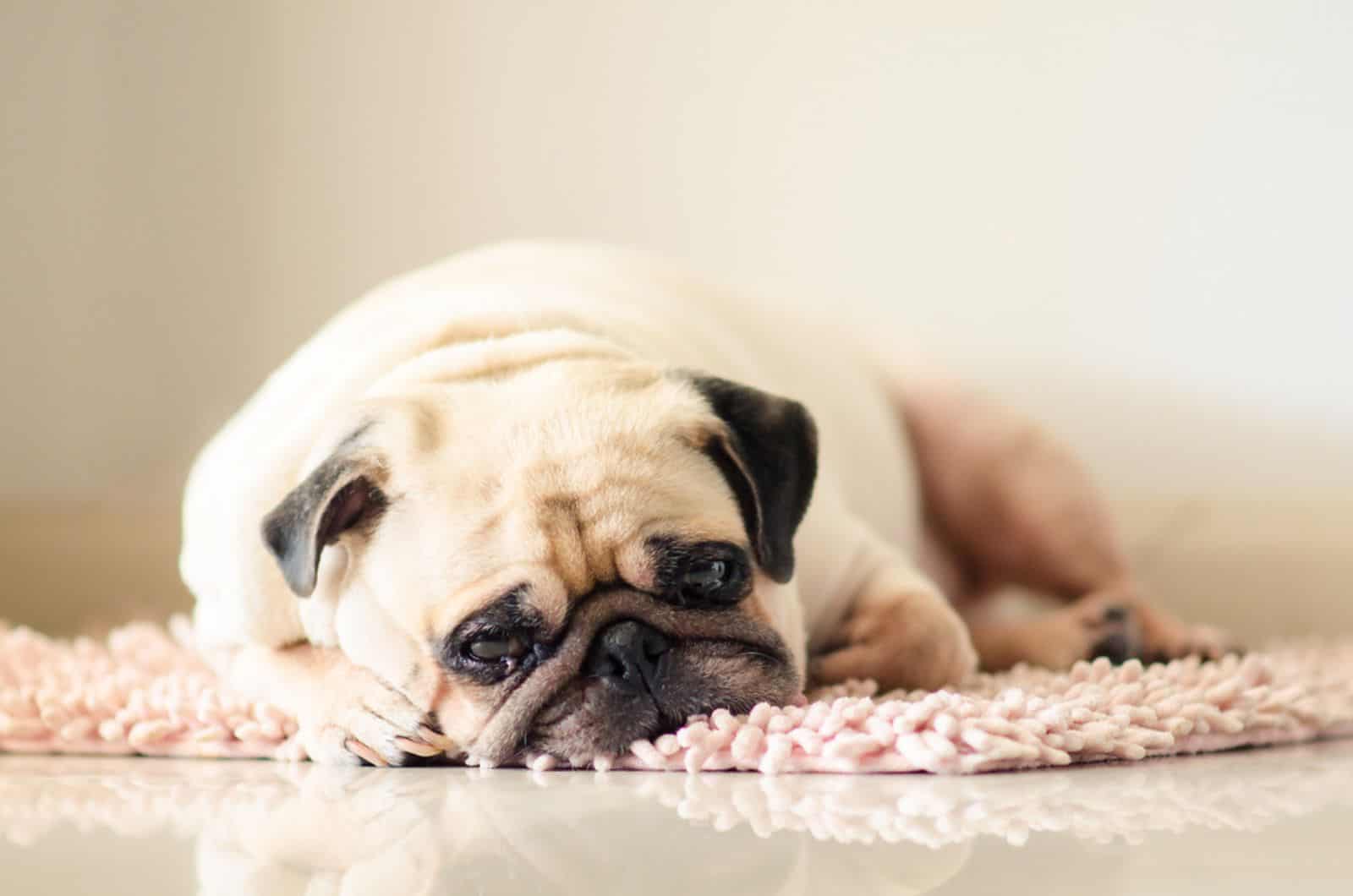
Well, the obvious one is the dog simply not wanting to be left alone.
As I’ve said, some dogs are extremely social to the point where not being surrounded by others can be debilitating without proper training.
For dogs that such a thing doesn’t play a big role, there are other reasons.
One of the more common ones would be a sudden change in environment like moving house or a trauma-inducing event, among other things.
A sedentary lifestyle is known to increase anxiety in dogs too, much like it does in humans, so working on resolving any of these could greatly assist in treating separation anxiety issues.
In Conclusion
Dealing with your dog’s separation anxiety may seem like an insurmountable task, but it’s not all too difficult once you understand the steps.
Most of the solutions involve miniscule lifestyle changes and a bit of time to devote for a few days or weeks to get this destructive behavior rooted out of him.
I do advise enlisting the aid of a professional trainer to guide you through the process and to properly ascertain the root cause of the issue.
That way you’ll waste less time testing out which method will actually work for your canine companion and can get to actually incorporating said method.
It’s by no means a difficult problem to resolve, it just usually takes a bit to notice and figure out whether it’s actual separation anxiety or a different behavioral problem.
That said, I’m sure you’ll be able to get to the bottom of it with your pooch.
Until next time, pet parents.
READ NEXT: 21 Independent Dog Breeds With Low Separation Anxiety
